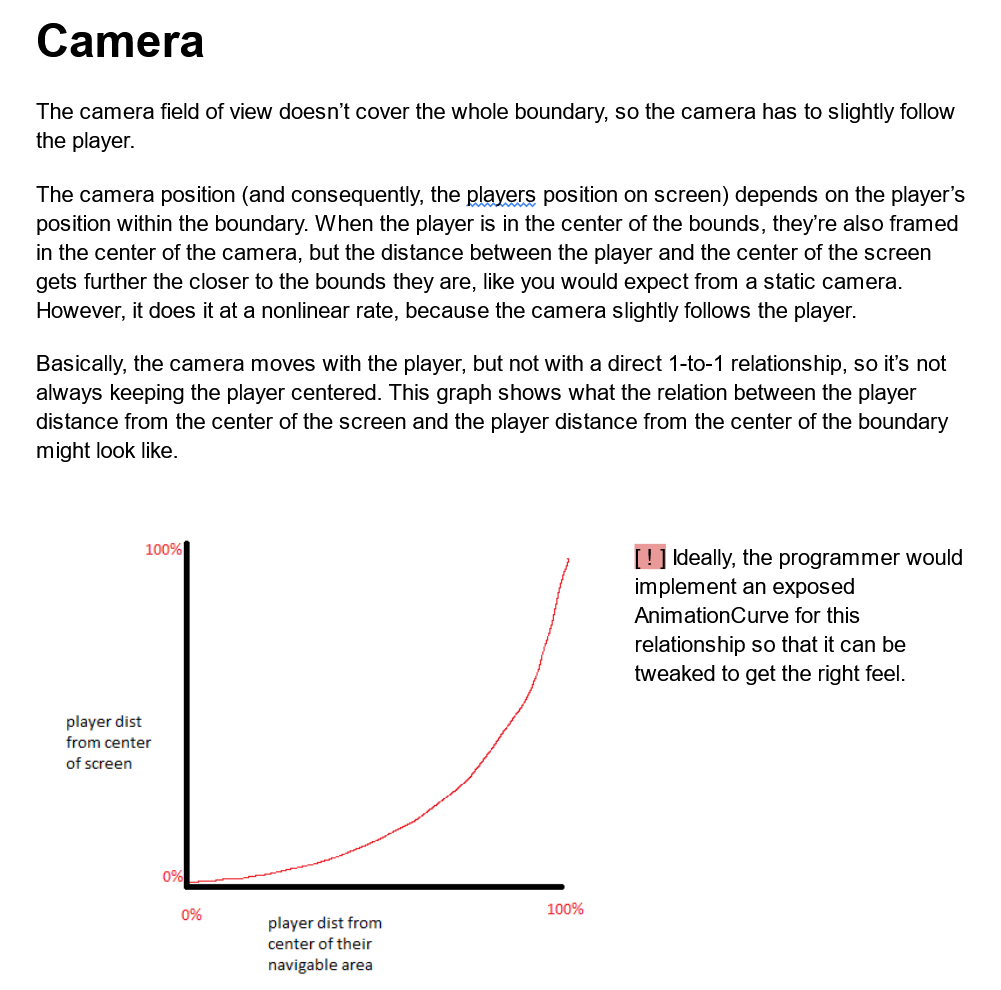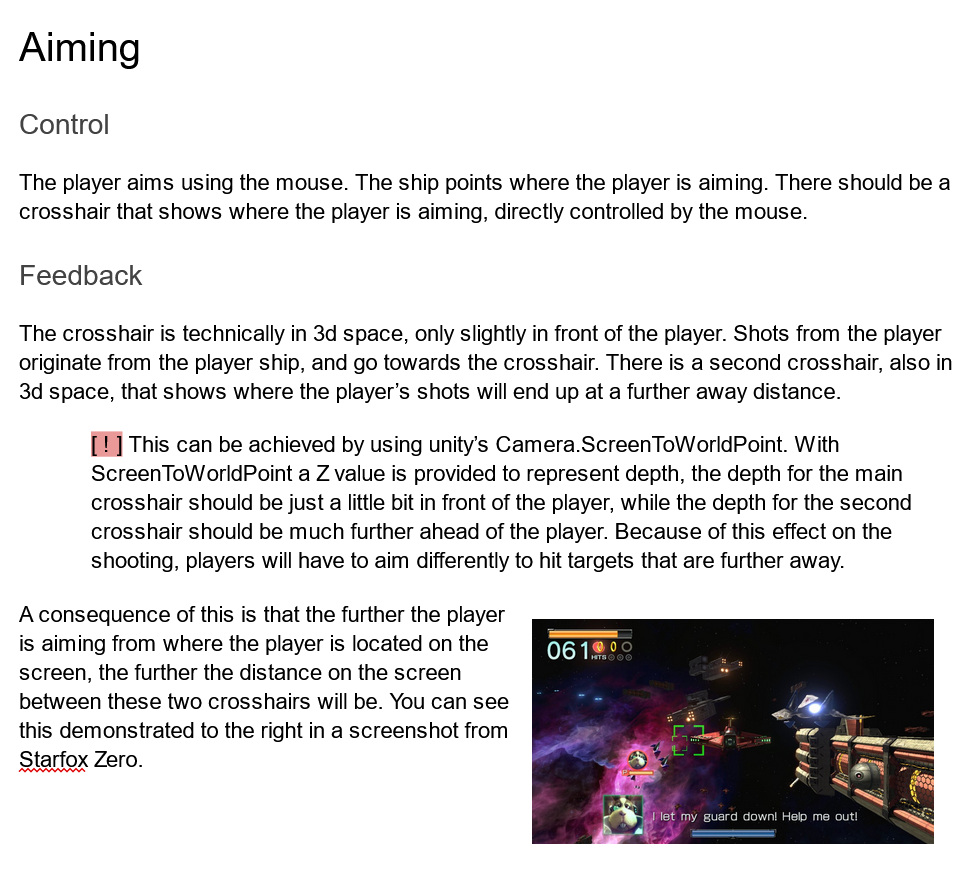Galaxy Busters Elite
This was a project developed by the UTD ATEC Game Lab class of 2021. Game Lab is a class where the entire class works together to create a game over the course of a semester, with the professors serving as our ‘clients,’ giving us the genre and themeing of the game we must create. The team consisted of a Head Producer, a Team Lead and Producer for each subteam, and a QA person. The four subteams were Game Design, Programming, Art, and Audio & Media.
I was selected to be the Lead Game Designer for this project.
My Contributions
My work as Design Lead consisted of:
- Collaboratively working on the core Game Design Document, ensuring all the pieces fit together
- Helping with, reviewing, and approving Design Documents on individual features
- Helping with, reviewing, and approving individual levels
Of course my work didn’t stop at just Lead related work, I also did design work, including:
- Designed and tuned the core player movement, camera movement, and weapon aiming
- This included diagrams illustrating the desired behavior, and specification of what variables I wanted to be able to tune in editor.
- Diagnosed and fixed player and camera movement related bugs

Additionally, I used my programming experience to contribute to the game’s code, as the programming team was often swamped.
- Programmed in-editor tools to help our Level Designers bring their ideas to live
- Contributed to some feature code for movement and weapons
- Diagnosed and fixed code related bugs
Methodology and Challenges
This project served as an excellent experience as it was my first time working with a larger team and set deadlines.
In preparation for designing the game, me and my team played and discussed other 3rd person rail shooters, such as Starfox and Kid Icarus. This let us see what kind of solutions existed for design problems we would likely encounter, as well as what problems may still need solving.
Designing the weapon aiming in particular presented an interesting challenge, having to deal with the Z-Axis. I found that with a simple crosshair, projectiles wouldn’t end up where the player expected them the further the target was from the player. This effect was exaggerated when aiming near the edges of the screen.
To help with this, we elected to have a second crosshair that demonstrated where the projectile would end up further away from the player.
